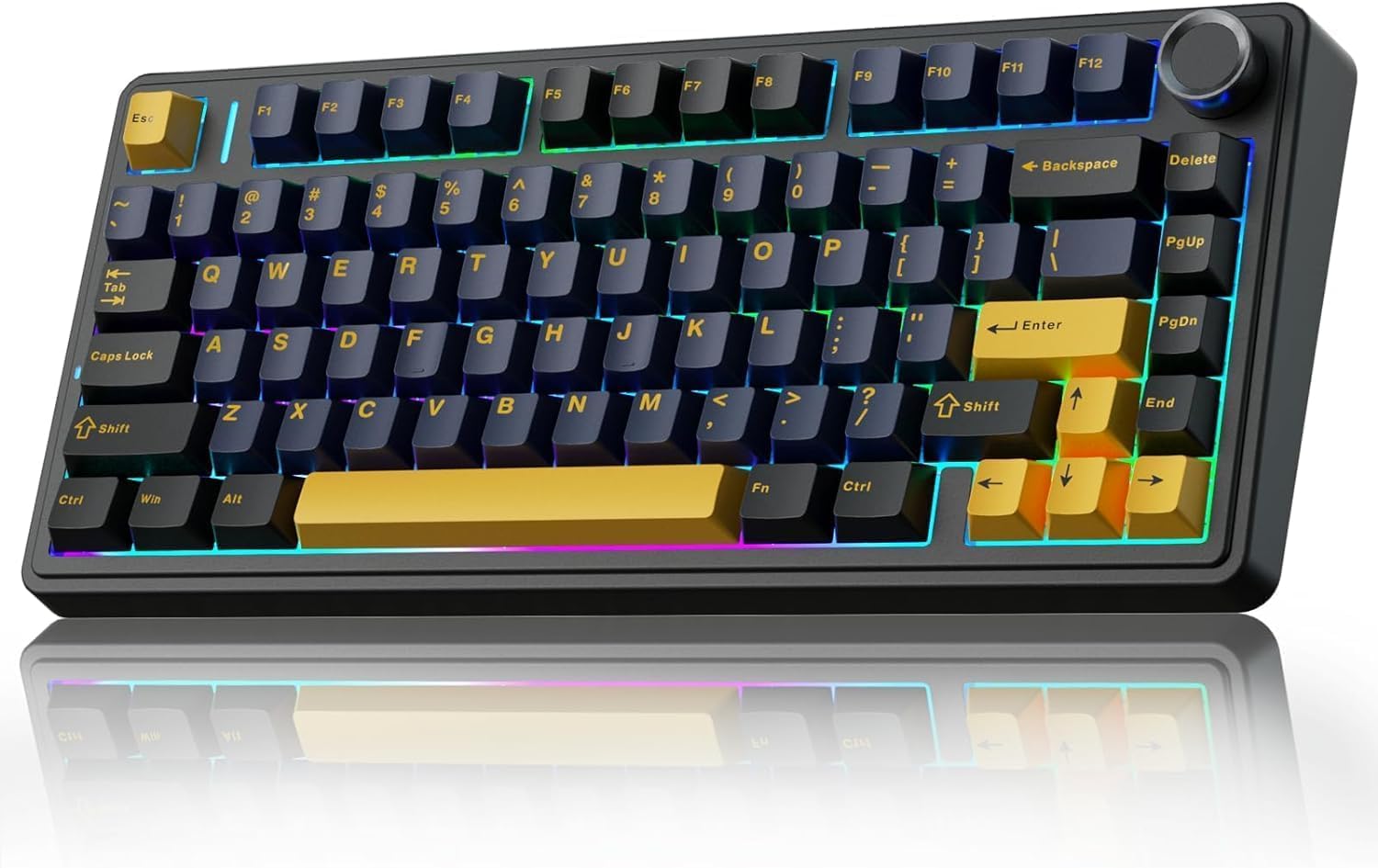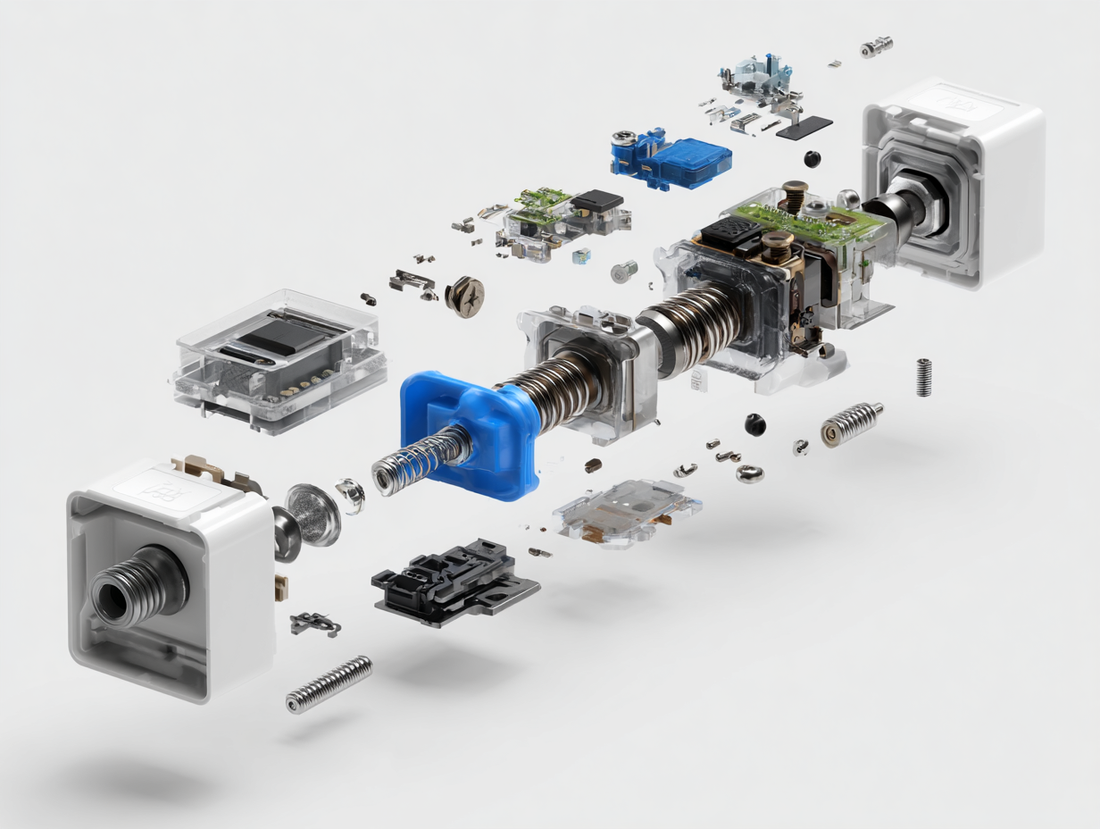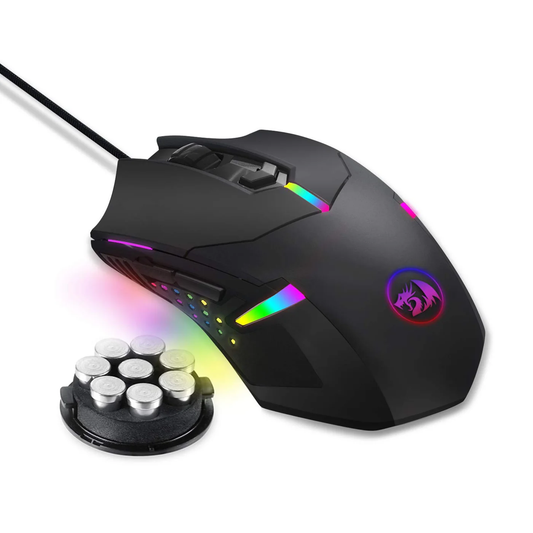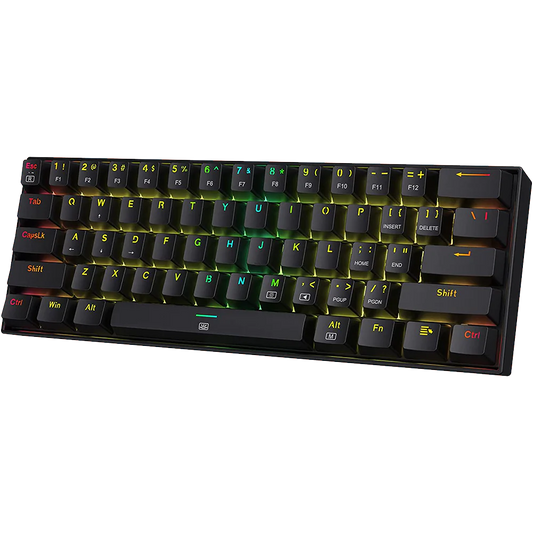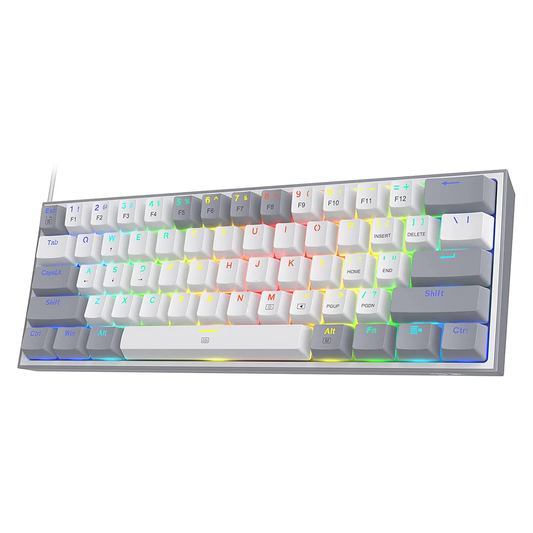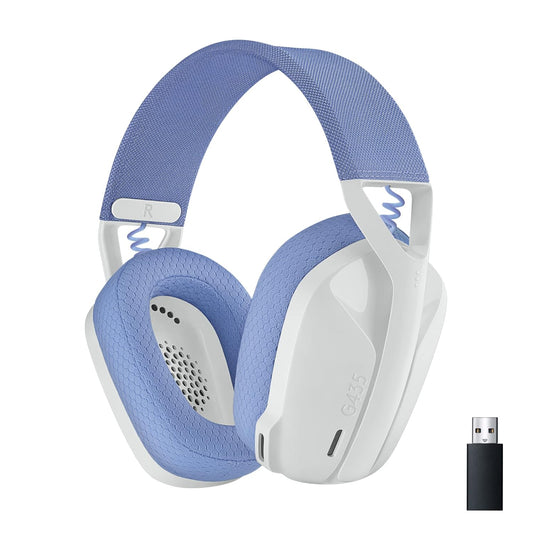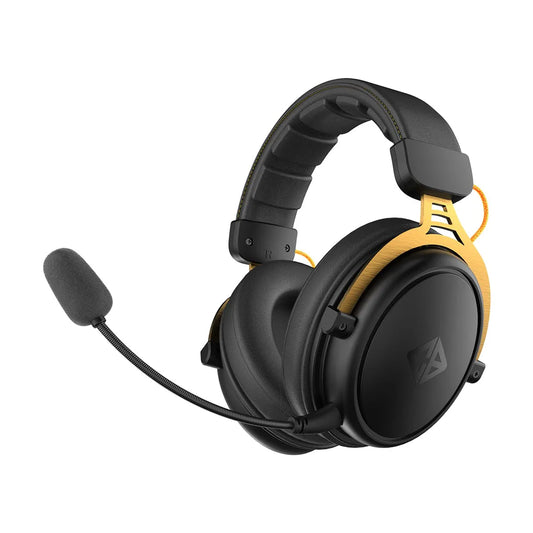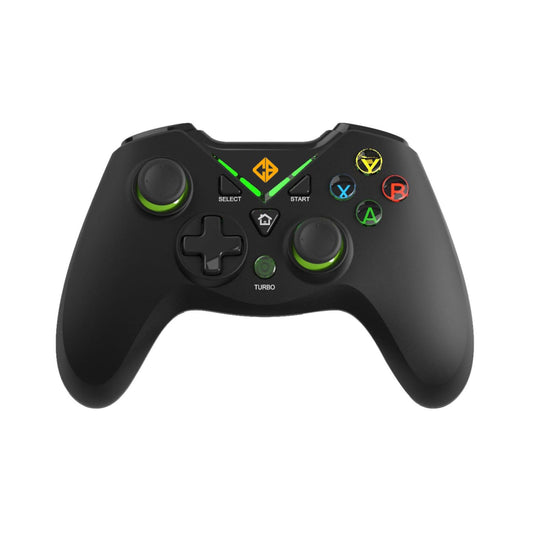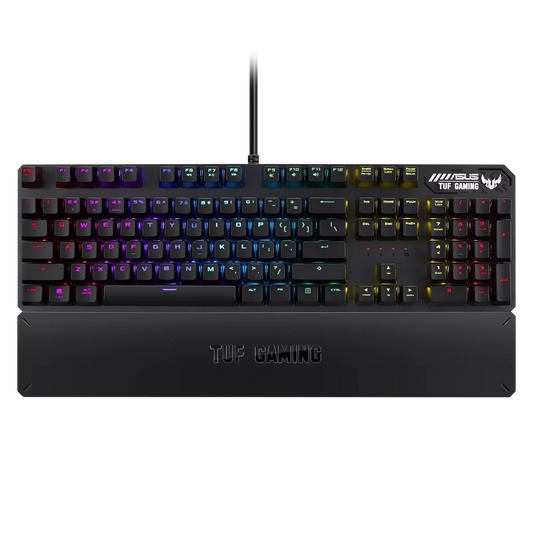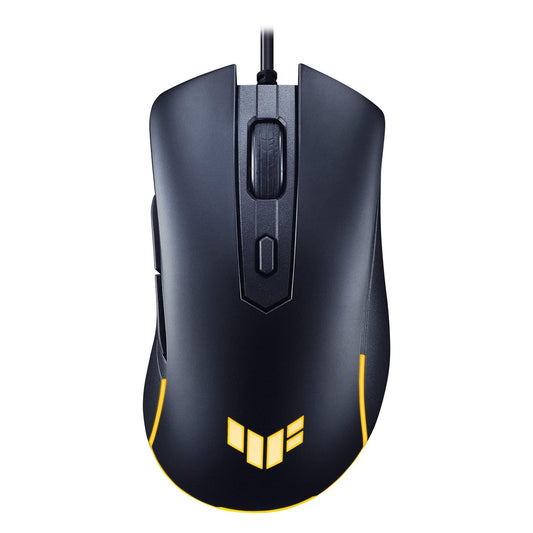Choosing the right keyboard can make all the difference in your daily workflow, whether you're a gamer, a writer, a programmer, or just someone who spends a lot of time at a computer. But with so many options on the market, how do you decide? It all comes down to one key component: The Switch.
In this blog, we'll break down the fundamental differences between the two main types of keyboard switches—membrane and mechanical—and help you understand which one is right for you.
The primary distinction between keyboards lies in their underlying mechanism for registering a keystroke.
Membrane Keyboards
How they work:
At their core, membrane keyboards are built with a three-layer flexible sandwich. The top and bottom layers have conductive traces, and the middle layer is a spacer with holes under each key. When you press a key, the top membrane layer pushes through the spacer and makes contact with the bottom layer, completing a circuit and sending a signal to your computer.
What to expect:
- Feel: Soft, and often described as "mushy" or "rubbery," with little to no tactile feedback.
- Noise: Very quiet, making them ideal for shared office spaces or late-night typing sessions.
- Cost: Generally inexpensive and widely available.
Mechanical Keyboards
How they work:
In a mechanical keyboard, each key has its own dedicated mechanical switch. This switch is a self-contained unit with a housing, a spring, a stem, and a set of metal contacts. When you press a key, the stem travels downward, compressing the spring and causing the contacts to touch, which registers the keystroke.
If you want a more detailed guide about Mechanical Switches, check out this simple guide to help you out.
What to expect:
- Feel: The experience varies dramatically depending on the switch type, but it is consistently precise and offers distinct feedback.
- Noise: Can be quite loud, which is a major factor to consider for some users.
- Cost: Higher due to the intricate design and individual components for each key.
A Side-by-Side Comparison
To make your decision easier, here's a detailed look at how these two types stack up against each other:
| Feature | Membrane Keyboard | Mechanical Keyboard |
| Cost | Less expensive, great for budget-conscious users. | Higher price point due to complex design. |
| Durability | Shorter lifespan, typically 5–10 million keystrokes. | Extremely durable, lasting 30–70 million+ keystrokes. |
| Typing Feedback | Soft, indistinct, and less satisfying for heavy typists. | Precise, with options for tactile bumps or audible clicks. |
| Customizability | Very limited; components are not easily replaceable. | Highly customizable, with options for changing switches, keycaps, and more. |
| Noise Level | Quiet, making it a good choice for quiet environments. | Can be loud, depending on the switch type. |
| Portability | Thin, light, and easy to transport. | Heavier and bulkier. |
| Spill Resistance | Moderate resistance to spills due to a sealed design. | More susceptible to damage from liquids. |
| Maintenance | Difficult to clean or repair; usually replaced if damaged. | Easy to clean and repair; individual switches can be replaced. |
| Accuracy | Can have a less consistent response over time. | High accuracy and consistent performance throughout its lifespan. |
Summary: Which One is Right for You?
The choice between a membrane and a mechanical keyboard ultimately comes down to your personal needs, budget, and preferences.
Choose a membrane keyboard if you value:
- Silence: You work in a shared space or simply prefer a quiet typing experience.
- Portability and weight: You need a keyboard that's easy to carry around.
- Budget: You're looking for an affordable, reliable option for casual use.
- Spill resistance: You're prone to accidents with drinks.
Choose a mechanical keyboard if you value:
- Typing feel and performance: You want a precise, satisfying, and responsive typing experience for heavy use like gaming or programming.
- Durability and longevity: You want a keyboard that will last for many years.
- Customization: You enjoy personalizing your setup with different switches, keycaps, and lighting.
- Repairability: You prefer being able to fix or replace individual components rather than the whole keyboard.
Each keyboard type has its specific strengths, and the "best" one is the one that aligns with your individual needs and how you plan to use it.
